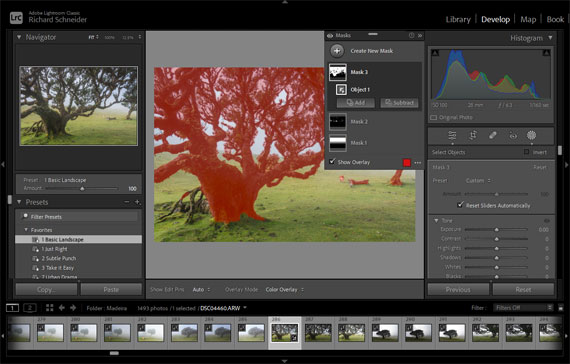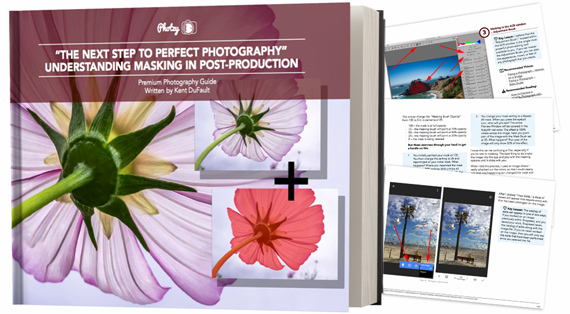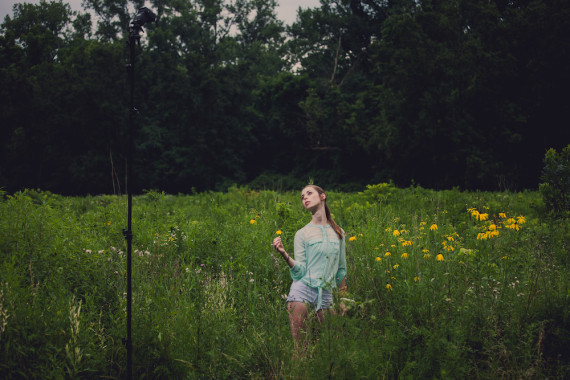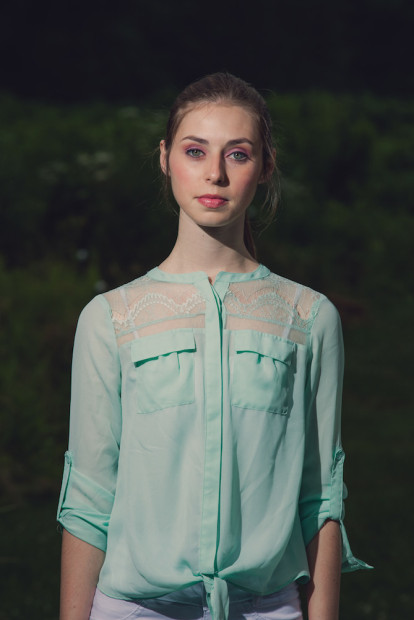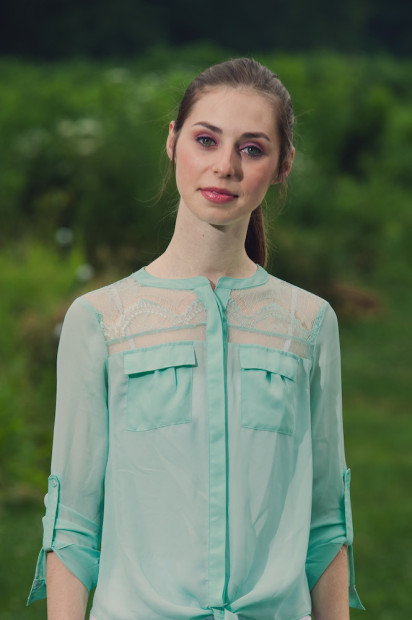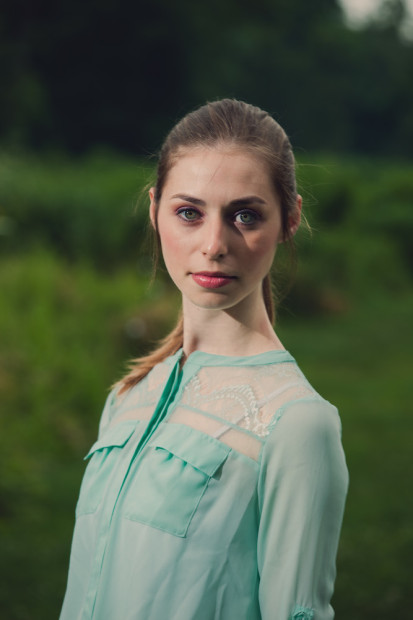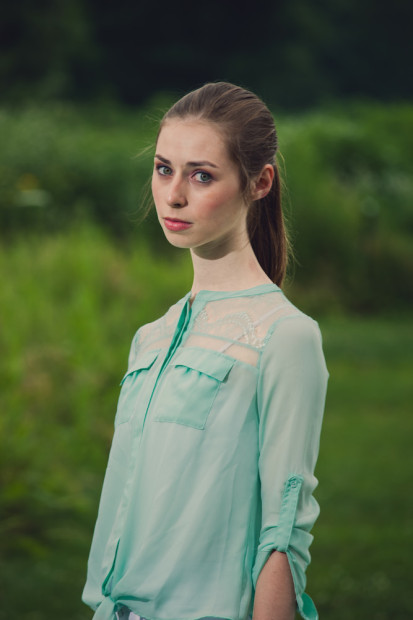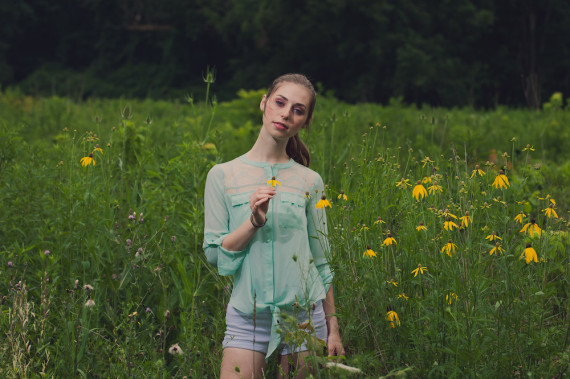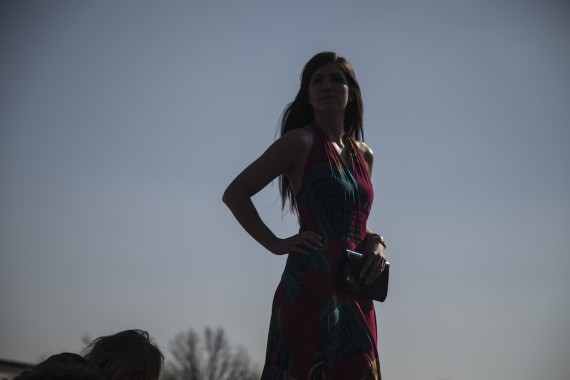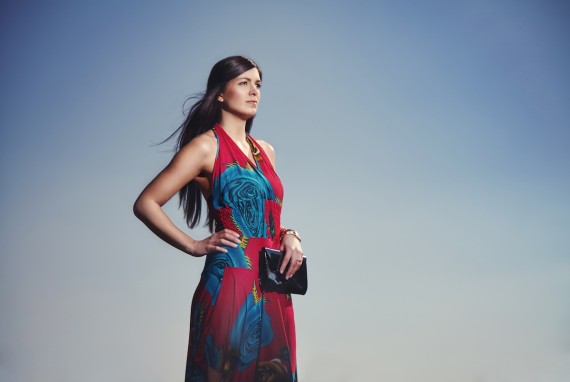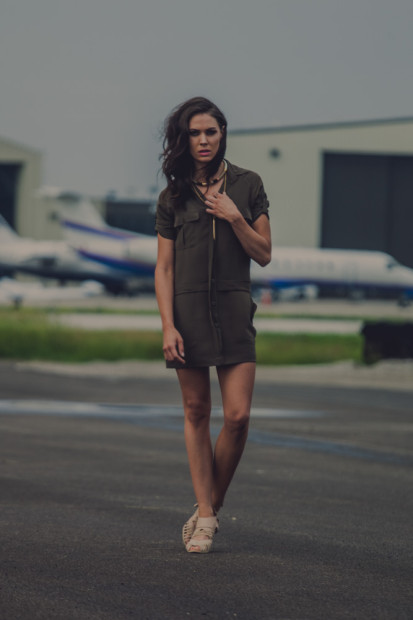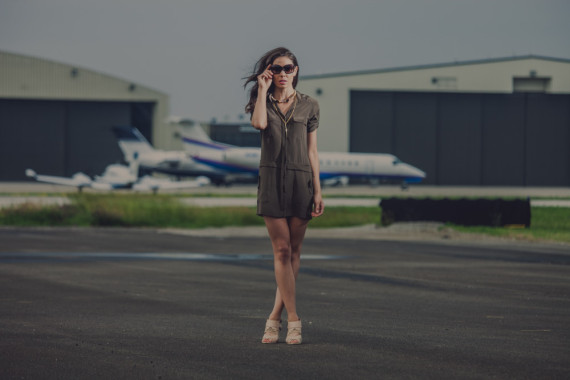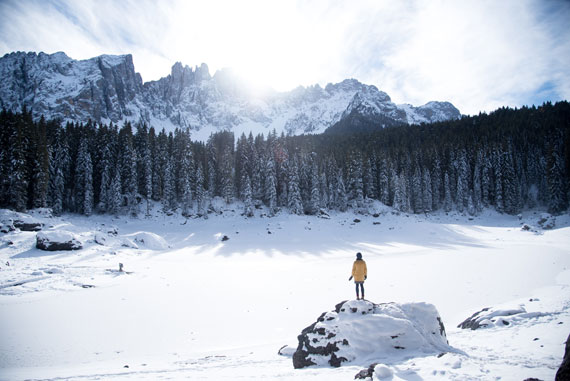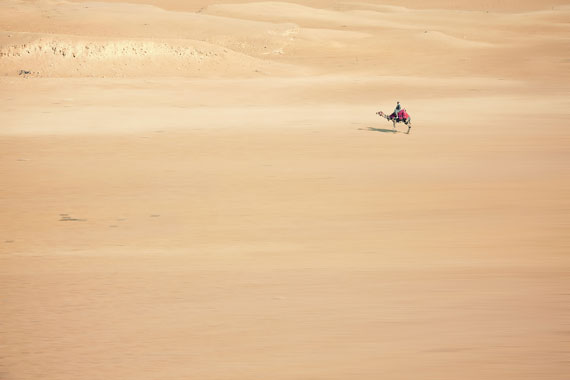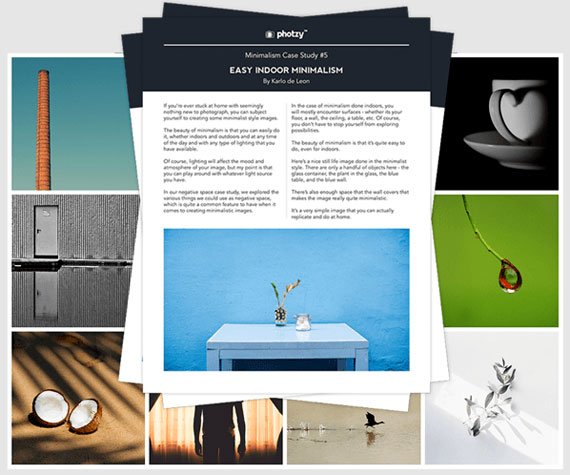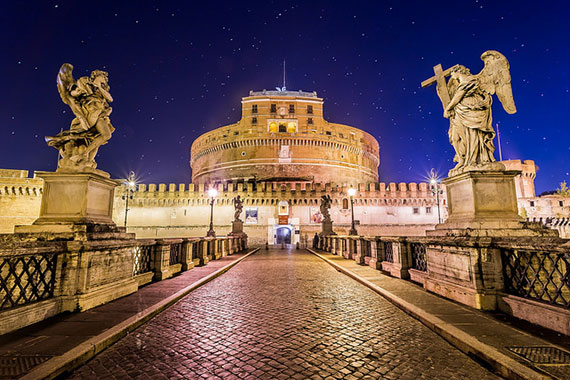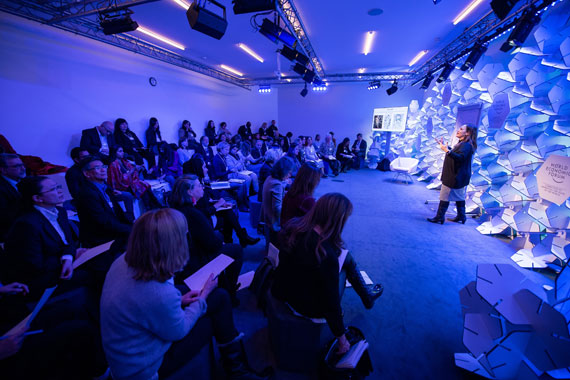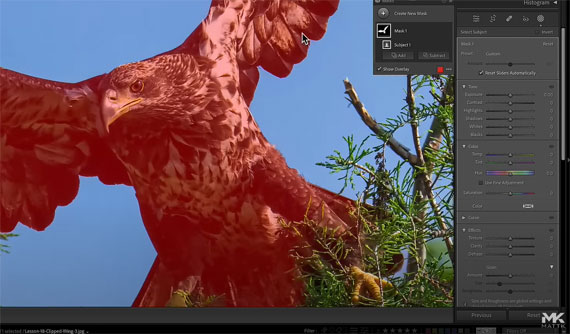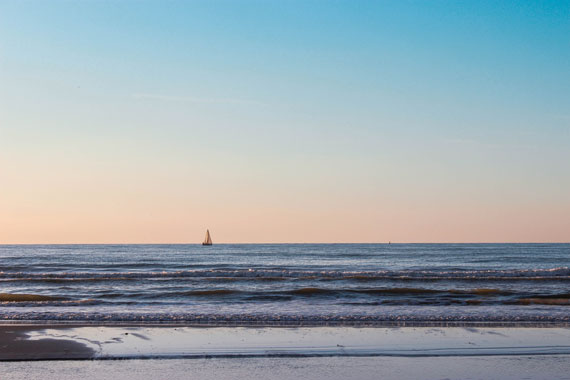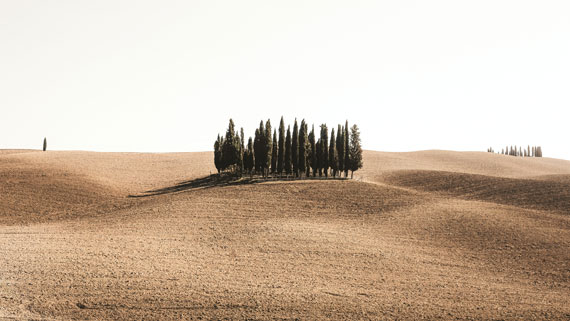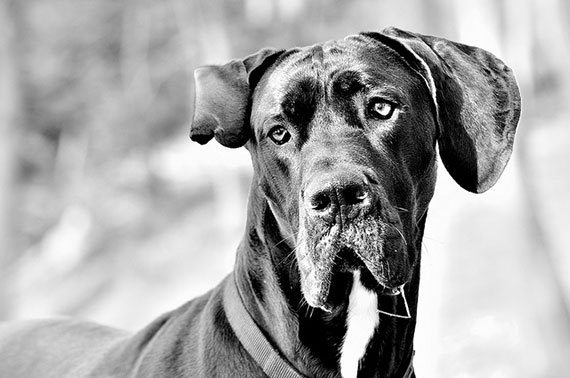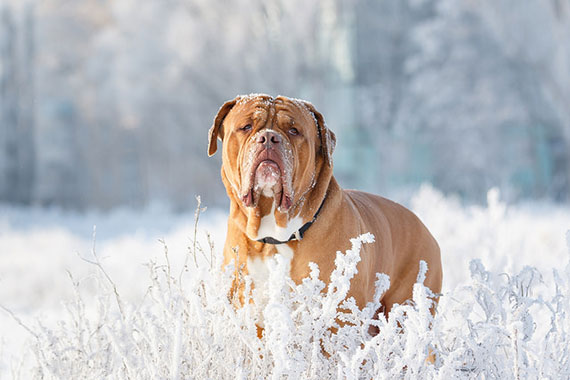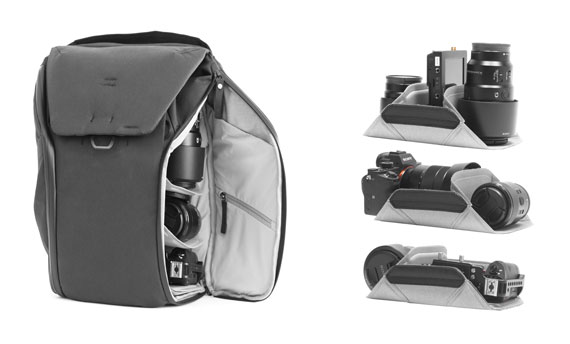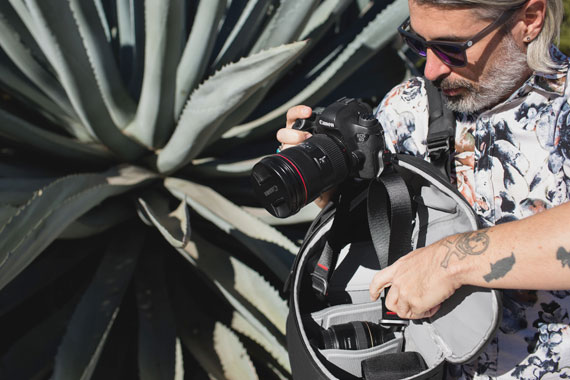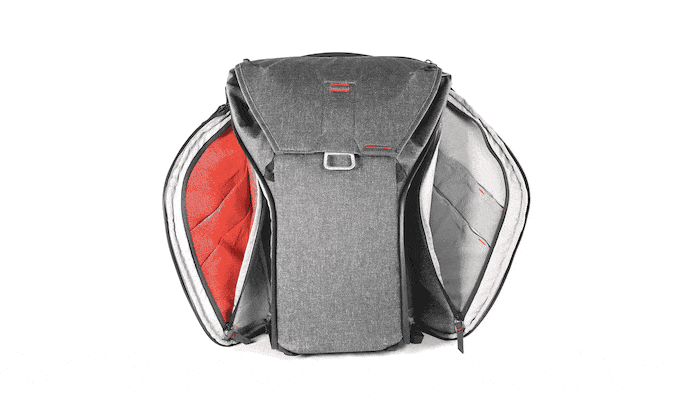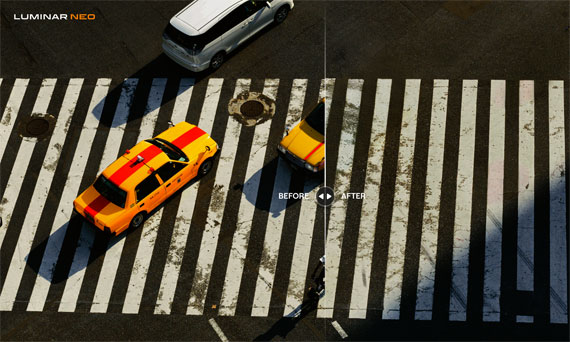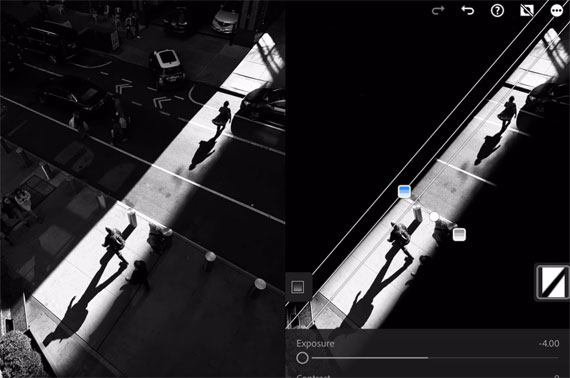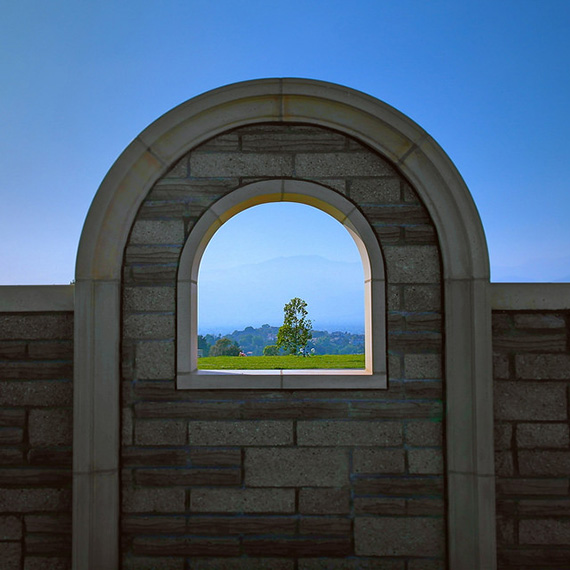The news that you are photographing your first wedding often leads to emotions ranging from excitement to apprehension, and in some cases, fear. Assuming you have experience with your equipment and have developed the necessary skills to take great photographs, the wedding event has a greater likelihood of being a successful one if you follow some key steps.
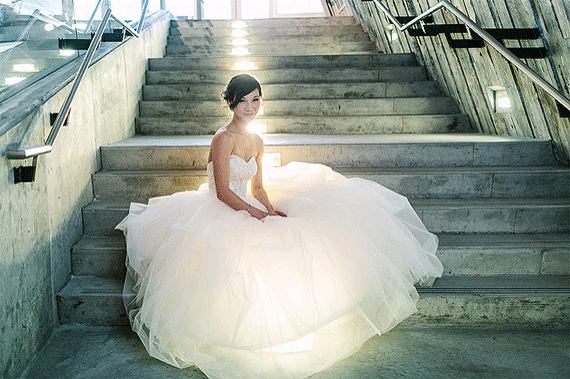
Photo by Joel Bedford
This article provides an overview of important steps to follow before, during, and after the event. As with any important job, the keys are preparation, focus, and follow-through.
Before the Wedding
Proper preparation before the event is the best way for a photographer to have a successful outcome. I spent several weeks before my first wedding visiting other photographers’ web sites. I read books on wedding photography, and I researched photography blogs and forums. It is amazing how much information is available for little or no charge. These tips and photographs can inspire you and get you thinking about what you want to accomplish and how you are going to make it happen.
It is important that you have a standard written agreement that is signed by the bride- and groom-to-be and the photographer. There is no excuse for not having this document in place. It should describe the deliverables and the fees associated with the service and products. It should also include a model release so you can use the photos for promotional purposes. It is highly recommended that you contact an attorney and draft a standard agreement that protects you.
At the time of signing the agreement, there are two other opportunities to enhance the process. First, get to know the bride and groom. Spend some time chatting so you will know their story and they will know you. When the wedding day comes, they should feel comfortable with you so their true personalities will shine. If possible, include a no cost or low cost engagement shoot so everyone can gain even more of a comfort level. It is a good opportunity to give them some posing tips that they can use on their wedding day.
It is also imperative to know the schedule. When you are meeting with the bride and groom, go over the agenda for the time you are expected to be at the wedding. Get to know their expectations. Let them know when you expect them to devote time to photographs with you in charge. This is a good time to talk about a wedding coordinator. If they will designate a friend or family member that will help the you identify important family members during the wedding day, it can be a tremendous help.
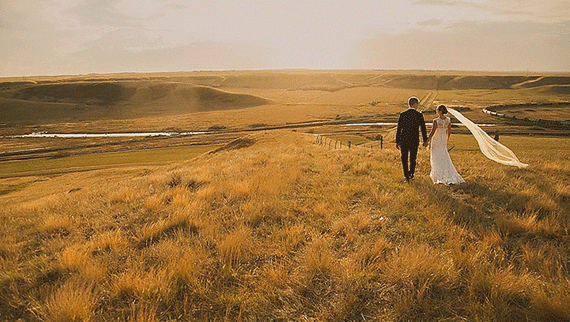
Photo by Parekh Cards
Another important component of preparation is checking your equipment. Check it thoroughly at least four or five days before a shoot. A check prior to my first wedding revealed a faulty auto-focus mechanism on one of my camera bodies, and I had to borrow a second camera for the shoot, but I was ready.
A proper equipment check also requires making sure you have backups of everything. You need two camera bodies and two flash units at a minimum. If you do not have them, you can rent them. On my first senior photo shoot, the wind blew my tripod and camera to the concrete surface. You never know when something will drop or just fail.
Check your batteries and memory card supplies, and bring more than you think you will need. It is not uncommon to take 2,000 to 3,000 images at a wedding. If you are using flash, you will burn through batteries very fast at that rate. For memory cards, it is better to have several smaller cards than just one or two big ones. If a card fails, you minimize your loss by using multiple cards.
Visit the venue(s) prior to the wedding day in order to scope out lighting and shot locations. Do you need to gel your flash for proper white balance? I often find that if I take a few test shots with and without flash, and perform a custom white balance check with my camera, that there are competing colors from the various light sources. For indoor venues, I often have to gel the flash to match the color of the venue’s lighting. This will save you much time and aggravation later in the process.
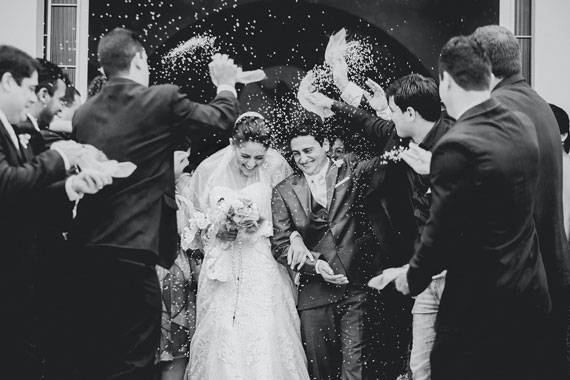
Photo captured by Jonathan Borba; 108mm, f/2.8, 1/1250s, ISO 1250)
To prepare yourself physically for a tiring day, have a light meal before you go. It is a good idea to bring granola, energy or candy bars, or other portable snacks. Bring water, too, just in case.
If you are prone to headaches, have a pain reliever with your in your pocket or bag.
Part of blending into the event is dressing appropriately. Talk to the bride and groom about their expectations before the event. In all cases, wear comfortable shoes.
Be insured. If someone trips over your equipment, are you covered?
The Ceremony
When you arrive, begin by taking outdoor venue shots. Here in southeast Michigan, you never know if the weather will turn on you later, and the same is true in many locations. Get some key building and landscape elements without people, just to have them.
Calibrate your camera’s white balance as soon as you walk indoors; do it for all of your cameras. Also, turn camera sounds off; you don’t want your camera to make noise during the ceremony.
Bring a fast lens; the faster the better. Indoor lighting at churches and reception halls is notoriously poor and dim. Be prepared with a fast lens (f /2.8 minimum – f/1.8 preferred). If you don’t have one, rent it.
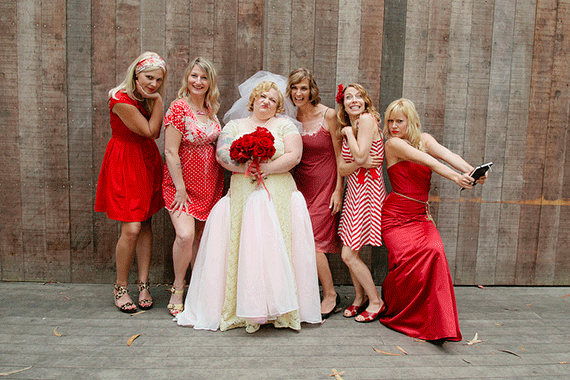
Photo by Missy Feigum; ISO 800, f/5.6, 1/320-second exposure.
If you are in a place of worship, have a clear understanding of where you can go and what locations are off-limits. Also, flash is usually not permitted in places of worship, but you can ask.
Consider bringing an assistant. Let them carry equipment, help set up shots, hold off-camera flash, and more. If you are working a 6-8 hour event, be prepared for the physical impact it will have on you. Having an assistant will ease the burden on you and should result in better photographs.
If you have a break from the bride and groom, start shooting the very young and very old early. They can get tired fast, and some may leave early.
If you have a camera bag, lock it down or have your assistant carry it. If you are on your own, consider using a cable lock for your camera bag and hide it out of sight. It serves as a deterrent from theft. You may feel comfortable with the bride and groom, but you never know about their friends and family or the staff at the venue.
Never reformat memory cards at the event. Backup when you can, but do not reformat. Check everything on your computer and complete backups before reformatting.
Take shots of the bride and groom as soon after the ceremony (or before) as possible. After people start drinking and celebrating, it will get harder to assemble people and have them look their best.
Most of the time, the photographer’s role should be to blend in and be discreet. Disappear in the background and try to capture people when they are relaxed, happy, emotional, etc.
If the wedding and reception are indoors, make sure to take shots of the bride and groom outside. Try to get away during the reception and get some outside shots–even if it is nighttime.
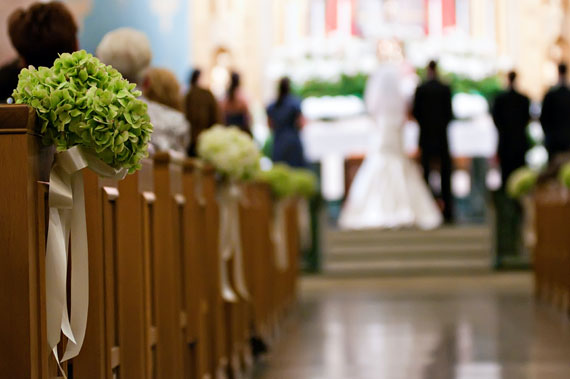
Photo captured by Jamie Coupaud; 80mm, f/2.8, 1/80s, ISO 3200
Take a group shot of everyone. This is a great way to have everyone in attendance in one photo. It makes for a great enlargement and an opportunity for sales to others in attendance at the wedding.
After the Event
After the event is over, I believe it is important to process the images as fast as possible. There is something to be said capturing taking the energy of the day and carrying forward. Posting images quickly to a web site will make everyone happy.
Keep in contact with the bride and groom and schedule a time to meet with them to go over the images and discuss ordering details. It is as important to provide a high level of customer service after the event and before it. If you establish a relationship with the couple, they will think of you for family portraits and portraits of their children in years to come.
Finally, take notes about what went right and what went wrong. This may help you do an even better job next time around.
About the Author:
This article was written by Rod Arroyo from City Photos, also on Twitter. Their photography services include weddings, high school seniors, families, and more. Based in the Metro Detroit, Michigan area.
from PictureCorrect https://ift.tt/nm9c08x
via IFTTT






